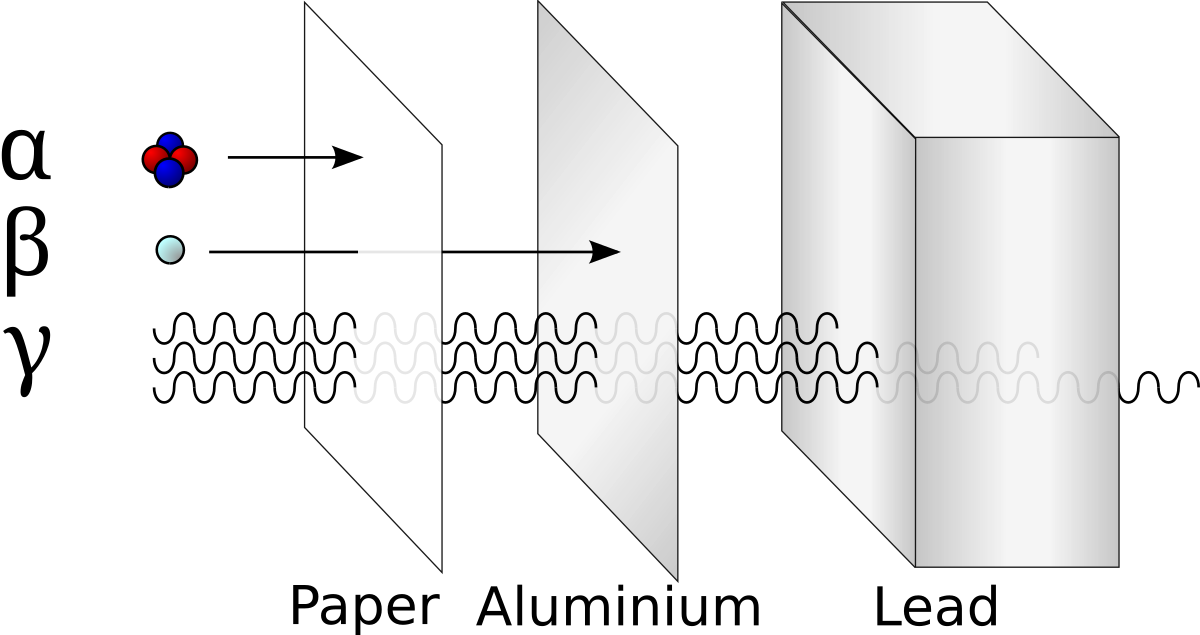- Thread starter
- #61
You're a fucking moron who can't distinguish between radiation decoupling from matter and the mechanism that created the radiation in the first place. To make matters worse, you've got the other talking monkeys flinging their poo like you.You cannot blame me because you don't understand the basic processes.
It is first year chem- when an electron in an atom moves from a higher energy state to a lower energy state, it emits a photon.
What do you think you are seeing when you look at a flame? The combustion reaction does not produce light, it produces heat. That heat is transferred to the air by conduction, which excites the molecules and causes the electrons to move to a higher energy state. The heated air rises due to convection, and it cools because it is removed from the source of heat. The electrons return to their lower energy state and release photons. You see this as a flame.
Electrons don't easily bind to protons in their lowest energy state- they bind in a high energy state, and once bound they immediately drop to their lowest energy state. That emits photons. As the universe cooled, free electrons bound to free protons and created hydrogen and helium and lithium, and in the process released the photons that we see as the CMB.
That is bog-standard, conventional mainstream cosmology. If you don't like it, that's your problem.
